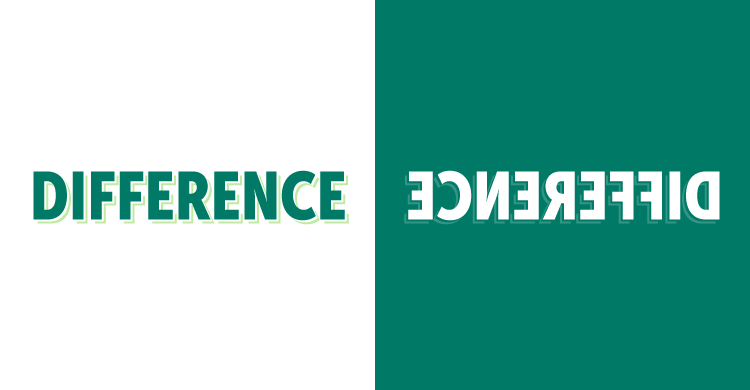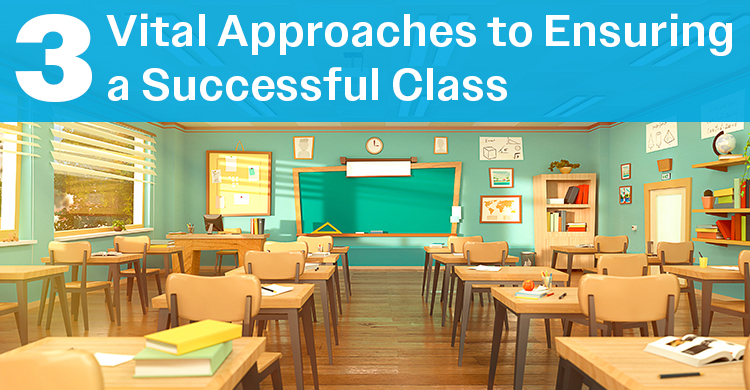What’s the difference between a high school (grades 9–12) of 3,000 students in northern California and a secondary school (grades 7–12) of 250 students in northern Alberta? I’m not looking for simple math calculations (“2,750 students”) or some analysis of American versus Canadian education. In fact, the response I’m looking for is “not much.”
My recent travels took me to these two locations at the beginning and end of the same week. I had worked with the teams in both areas prior to the visits. Here’s the reality: Students are students, and educators are educators. While the local contexts of the two places are diverse, they remain simply variables for the adults to consider when designing quality learning experiences and outcomes for students.
I wrote a recent post asking about the value-added in schools today that spoke to the need for educators to focus on improving collaboration, engagement, and critical thinking. All three of these areas will look different in each school, however none of them will be negatively affected by the variables. Why? Because teachers make a difference! They decrease the impact of the variables while maximizing the outcomes for all students.
What I’ve learned is educators collaborating and establishing collective commitment, bringing to bear their hundreds of years of experience (evident in both locales I visited) are an unstoppable force. There is simply no challenge a student can present, regardless of the context or background variables, which the team cannot overcome. It’s really not so much about the differences that are easily observed; it’s about the similarities that are evident in the passion educators have to make a difference, and the compassion they bring to their practice every day.
[author_bio id=”397″]






